Independent print magazines, books and other delightful things!
Conversations, gatherings and events around ideas that shape our everyday life.
While travelling — whether for work or for a break — the spaces we inhabit can tell us a lot. It’s a chance to dwell on and discover the architectural heritage of a place, to see how it’s responded to history and culture, and to understand the influences that have shaped it over the years. Our list of stays takes into account these facets of a place, and how they’ve impacted the design of these properties. It is a list that sprawls across India, with stays of all kinds — from simple bed-and-breakfasts to luxe hotels — all tied together by a shared appreciation for design and style. Some respond sensitively to the nature and environment around them, some are built by the country’s leading architects and designers. Some are well-restored heritage spaces, while others are more modern constructions.
Our editors and researchers have independently selected the stays featured in this directory, and this is not a paid feature.
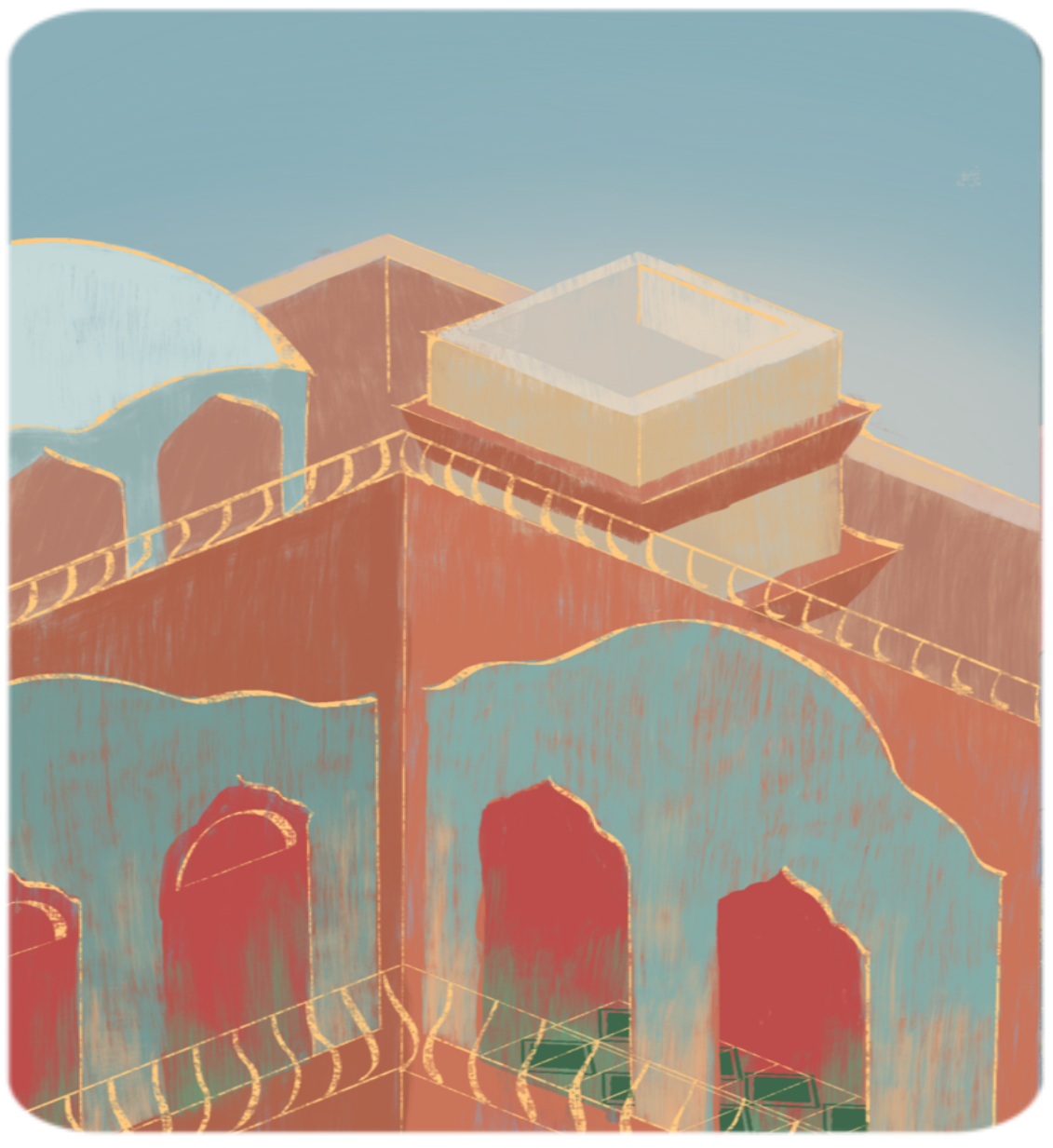
Built in 1887, this now-restored haveli in Chandni Chowk retains its original character and is a great example of residential buildings built in the region during that time. Notice the marble inlay, intricate jharokhas, multi-foil arches, carved sandstone facades, wooden doorways, and the Madhubani art on the ceilings. The neighbourhood of Chandni Chowk — right in the heart of Old Delhi — is populated with colourful shops offering the best of retail and culinary experiences. Its history finds representation in the hotel’s rooms.
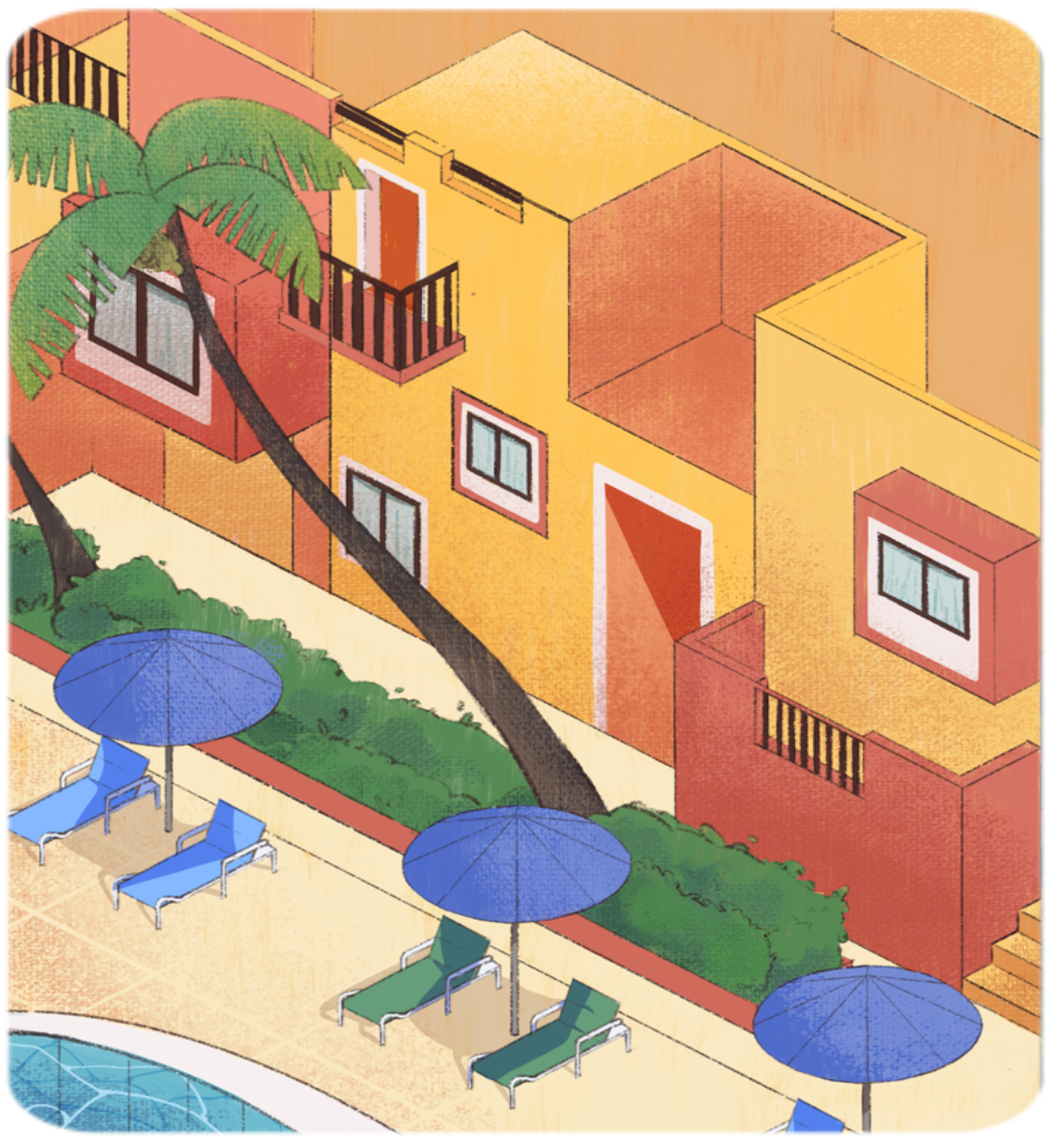
This century-old villa sits by the Zuari river, and deftly combines its Portuguese-Goan heritage with contemporary chic. Renovated with the help of local artisans, and salvaging as much of the original structure as possible, rooms are decorated with antique furniture and pops of colour and print — whether via the art, floor tiles, rugs or upholstery.
Cidade de Goa was designed by the iconic architect Charles Correa as a Portuguese hamlet, with elements that also point to Goa’s heritage. His original block, completed in 1982, has alcoves, balcões, bright murals, ochre and brown walls, and views of the sea from nearly every turn. While there have been several changes and modifications since then, it remains a good place to soak in the architect’s thoughtful considerations and designs.
With eggshell blue windows, rustic orange-brown walls, and a red tiled roof, the beachside cottages at Elsewhere are arresting even from a distance. It’s packed with history and is handsomely restored. Inside, you’ll find distressed white walls, four-poster beds and other earthy touches. Along with the cottages, there is also plush tent accommodation on offer.
This homestay offers a nature-focused experience in the sunshine state. The five eco-friendly cottages are designed and built by the owners Pirkko and Savio themselves, around the rocky outcrops on the property. Locally available materials like bamboo, stone, coconut wood and palm leaves were used during construction. While each cottage is different, they all bring nature indoors — bathrooms open partially to the sky and in some rooms, beds are nestled in the rock.
This house belongs to an architectural style called sobrado, which was popular in Portugal, in the houses of Portuguese nobility, as well as in Portuguese colonies at the time. The front house was built first, during the 17th century, with other sections added later. Now restored, the nine-room boutique hotel is said to be one of Goa’s oldest and most unique manor houses. Don’t miss the oyster shell windowpanes.
The First House is a stunning colonial-era home, originally built in 1896 and now spruced up by the folks at The Busride Design Studio. The 10-bedroom villa and its interiors retain a sense of nostalgia. Expect high ceilings, large verandas, and lots of natural light. The villa is only available for booking as a whole.
Figuerido House was built centuries ago in 1590. It was first designed by Jesuit priests and then later expanded to its current proportions in the 18th century. The mansion, which also includes a museum, is a portal to a different time — notice the resplendent Belgian chandeliers, ornate wooden chairs and numerous artefacts belonging to the Figuerido family that tastefully adorn the place.
A six-bedroom boutique hotel, with an ornate 350-year-old chapel inside, Postcard Cuelim is a charming space with a lot of history. It used to be the home of Dr Tristão de Bragança Cunha, hailed as the father of the Goan liberation movement. The rooms are spacious, well-lit, and fitted out with antique furniture, stained-glass arches and inviting four-poster beds.
This homely bed and breakfast is tucked away in a sleepy lane in Majorda. The property includes a Portuguese-era mansion, a rammed earth cottage, and a garden with a 12m swimming pool. There’s colonial furniture in the rooms, old family photographs on the walls, and an antique 16-seater dining table for leisurely communal lunches.
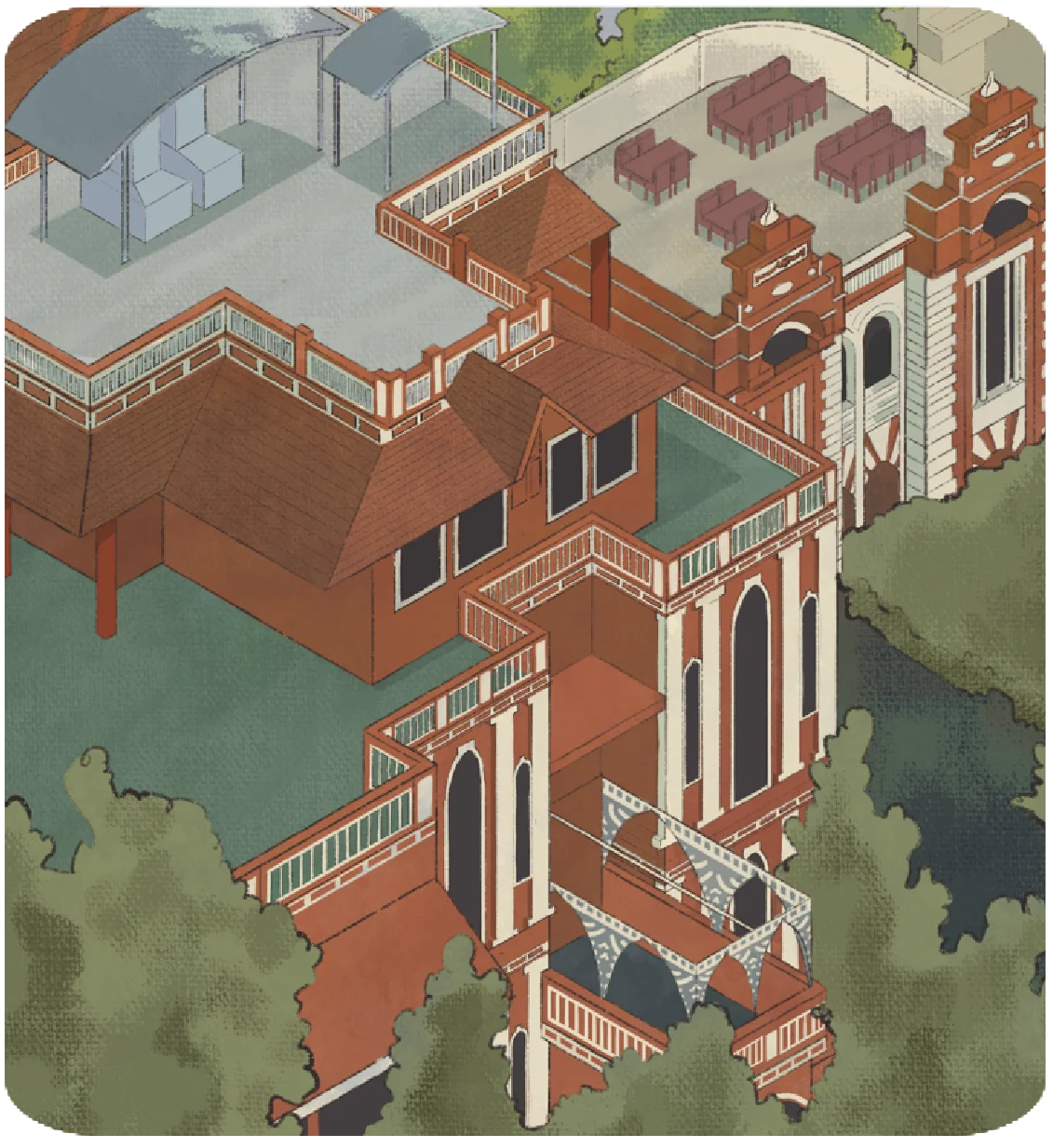
Nestled in the busy lanes of a traditional pol, or neighbourhood, this is a quintessential heritage haveli in the old walled city of Ahmedabad, a UNESCO World Heritage site. The haveli is 150 years old and has been well restored to its former glory by a non-profit that’s working to conserve several old buildings in the area. Rooms are basic but prettily decorated with block-printed textiles and murals.
The former home of textile magnate Sheth Mangaldas Girdhardas, this charming 1920s mansion showcases the colonial architecture of the time. An ardent supporter of local arts and crafts, the current owner, Abhay Mangaldas, has proudly restored the property with local artisans. There are canopied beds, antique paintings, locally made cane furniture, and brass lights designed by utensil makers. Don’t miss the textile gallery, Ahmedabad Trunk, within the heritage hotel.
A well-restored ancestral Parsi home built in 1890, the Bhuj House has rooms with tasteful antique furniture, locally sourced Kutchi crafts and textiles, and family heirlooms. The rooms have interesting names too — like The Nano Room, which is ideal for one and is converted from an old storeroom (nano means little in Gujarati), and Rohee’s, named after the owner’s cousin and reportedly one of the last Parsis to live in Bhuj.
Khamir is a platform that celebrates the diversity and traditions of Kutch’s rich arts and crafts. Their guesthouse is built with sustainable local materials like mud, earth and bamboo, and traditional techniques commonly used in rural homes, such as load-bearing stabilised rammed earth walls and wattle and daub frame structures. The Khamir campus, which is home to the guesthouse, features intertwining verandas and staggered courtyards. It is worth visiting for a hands-on experience of the region’s crafts — Khamir organises craft workshops, with weavers, blockprinters, and other expert artisans, and there is a shop on-site as well.
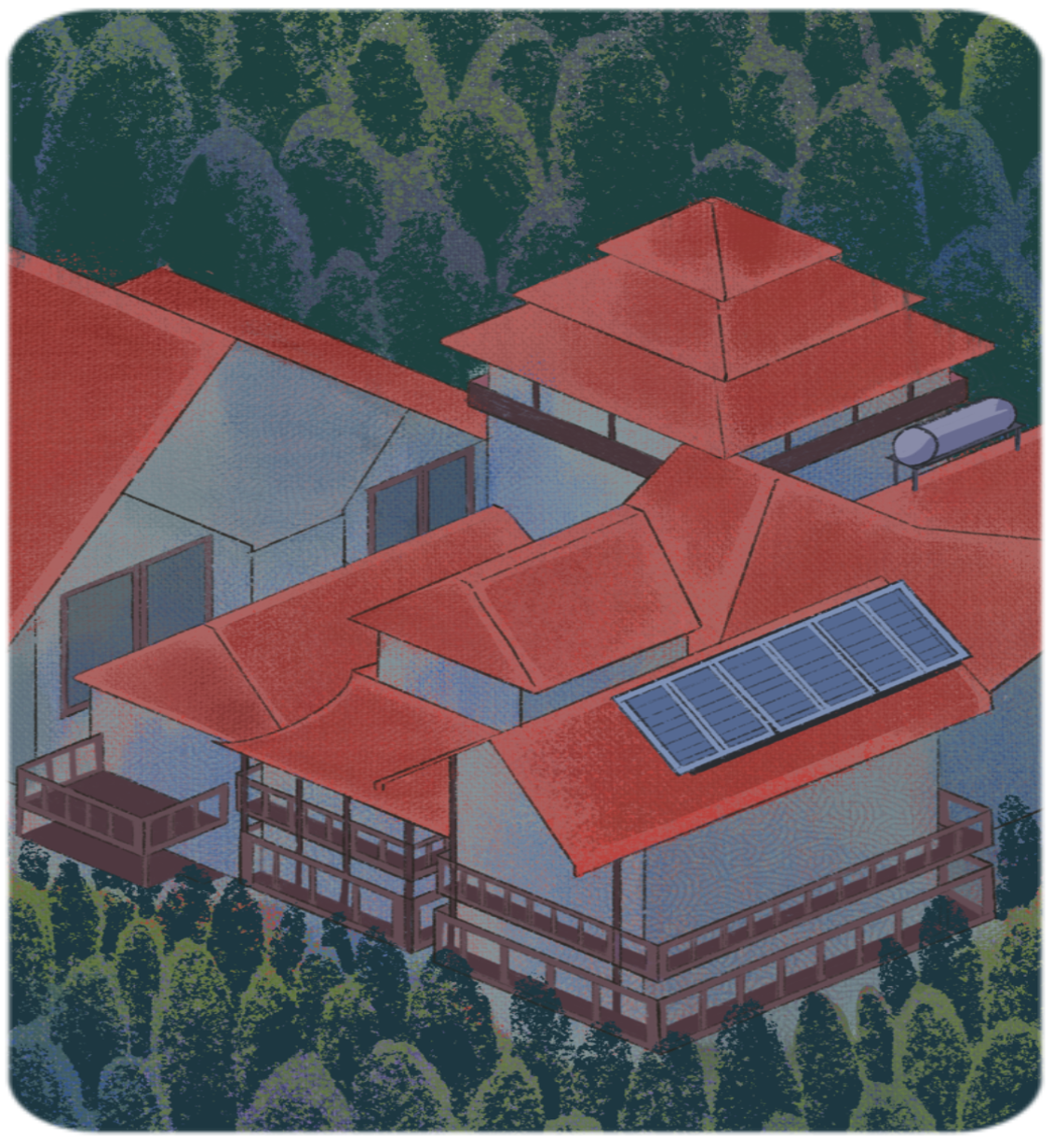
ShivAdya takes inspiration from traditional kath-khuni architecture, found in Himachali temples, palaces and bungalows and which primarily uses locally sourced Himalayan wood and stone. Rooms here are named after local villages, lakes, mountain ranges and passes, and come plastered with mud, wood and stone to retain the heat. The interiors are simple yet tasteful, featuring wooden flooring and furniture. There’s been no use of paint, and most of the furniture was built on-site in order to keep the property’s carbon footprint low.
Taara House is a dreamy two-bedroom cottage that’s designed by the owner Tanya Palta and her father, and stands out with its conservatory-style glasshouse. The cottage was built using reclaimed and recycled wood like oak, cedar and pine, which was sourced from wood shops and lumber yards. While the architectural design came from her father, Tanya styled the plush interiors. Go here for majestic views of the Himalayas and nearby pine forests. There’s also a traditional Himachali fireplace, called bukhari, in the glasshouse.
A heritage cottage set in a sprawling garden, bursting with flowers and greenery, Sunnymead Estate is like a delightful, homely bed and breakfast in the English countryside. Built using traditional Dhajji architecture (an ingenious, earthquake-resistant construction technique, common in the mountains) and, where possible, material salvaged from old colonial buildings, the rooms tell stories of a colonial-era home, with vintage chairs, four posters, fireplaces and Afghan carpets. Madhavi Bhatia, the owner, has also taken on planting as many of Shimla’s indigenous plants, flowers and grasses around the estate, bringing back the birds and bees that call this place home.
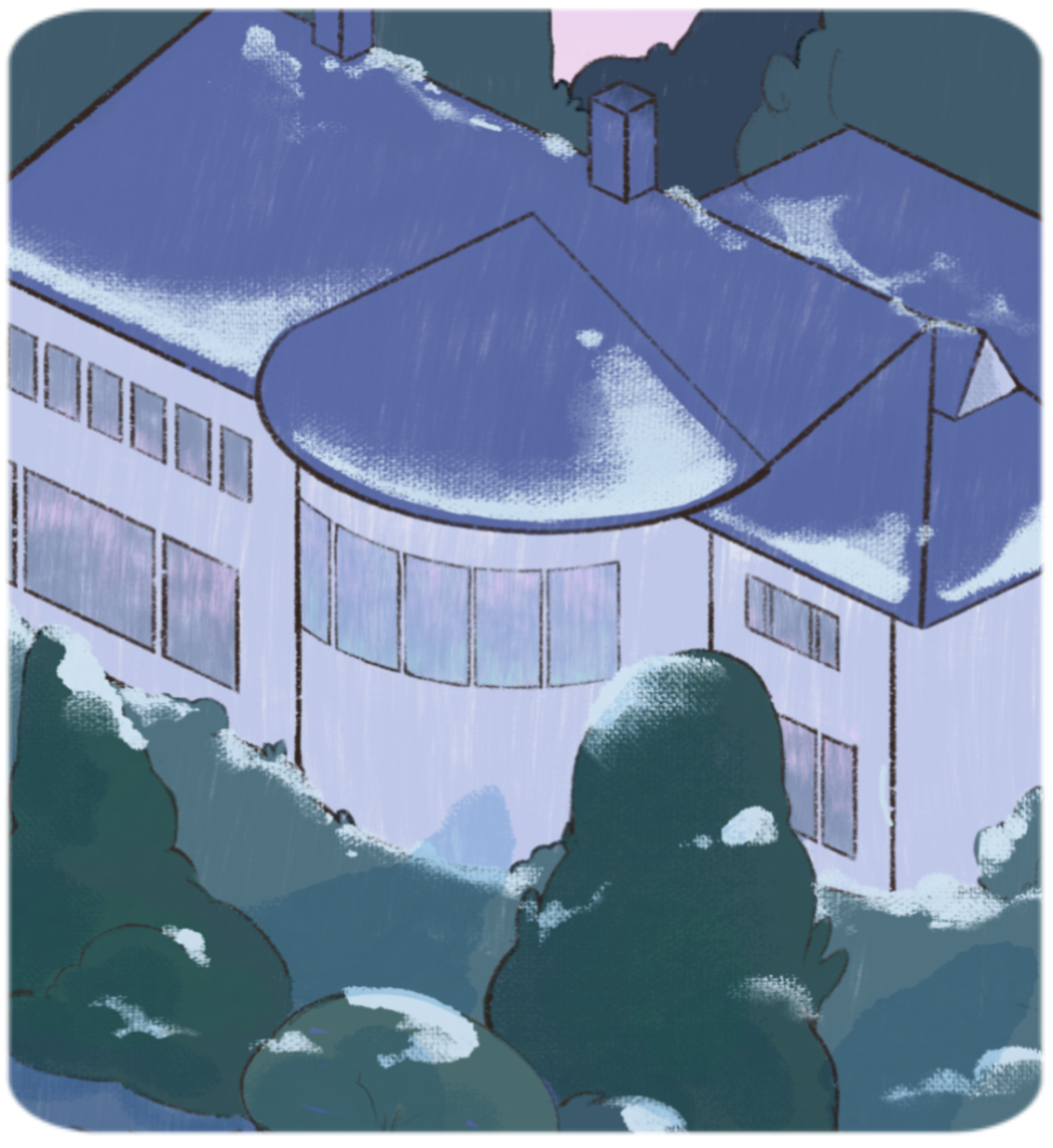
This Art Deco building, built in the early 1940s on the banks of the beautiful Nigeen Lake, was once a stately home and is now a boutique homestay. The interiors are exquisitely designed, and spotlight Kashmiri craftsmanship. Look up to see Khatamband ceilings, which are native to this region and comprise hand-carved pieces of Deodar wood that are fitted together to form geometric patterns.
A royal residence dating back to the 1920s, this quaint estate has played host to several historical figures as well as the swearing-in ceremonies of many state dignitaries. Today, after a decade-long restoration, the large European-style villa stands tall with handcrafted wooden Khatamband ceilings, Art Deco furniture, Lalique lamps and hand-knotted woollen carpets.
Sited in a secluded corner of Dal Lake with views of snowy peaks, this eco-friendly houseboat has been beautifully restored and converted to a hotel. You’ll find intricately carved wood panelling, ornate chandeliers, pine floors, and striking Khatamband ceilings. It’s said to be the first houseboat in Kashmir to have a biotank, which means no waste is let out into the lake.
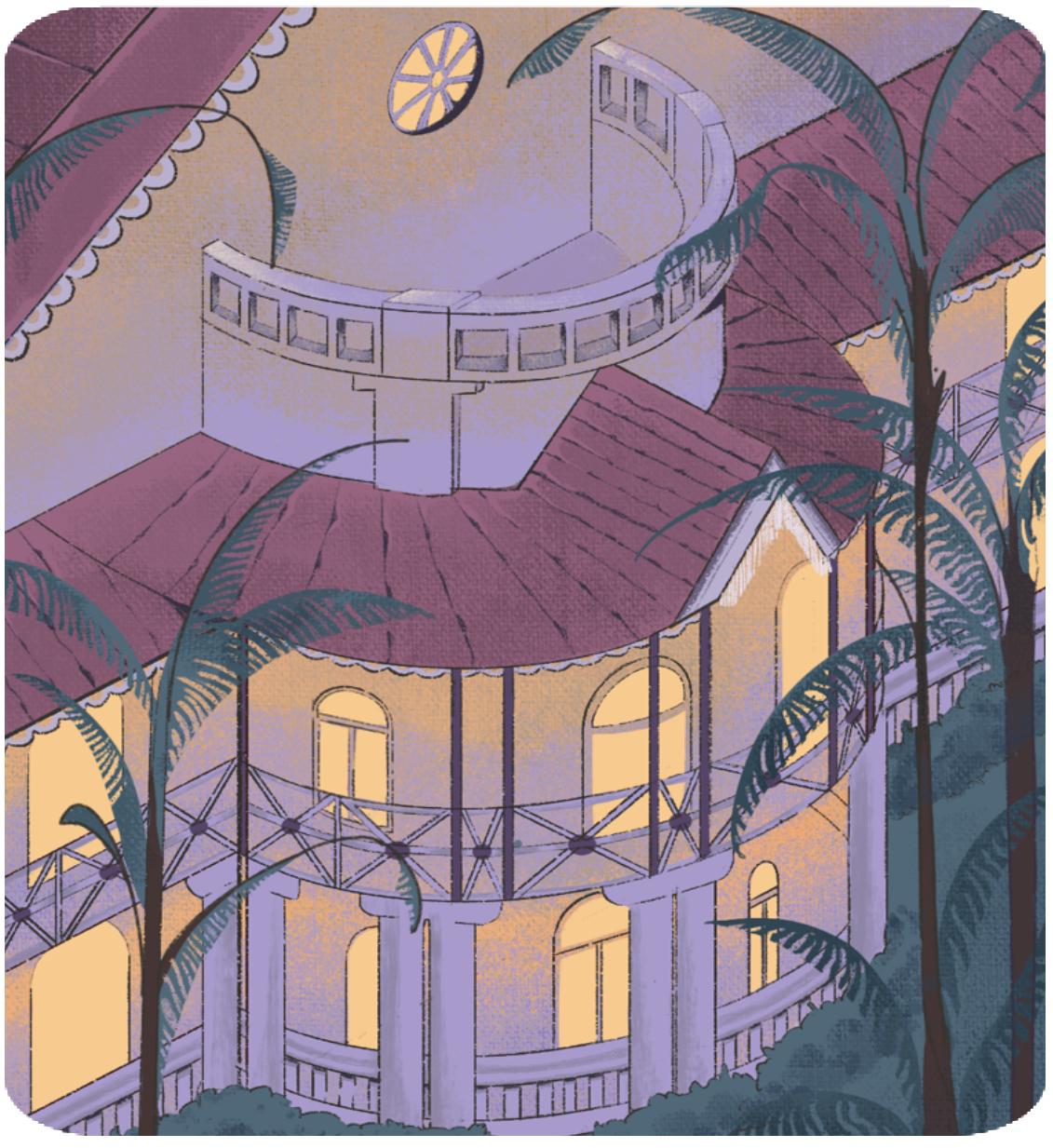
The tiled roof, gables, dormers, and trelliswork are some of the first things you’ll notice when you see this striking heritage hotel. Built in 1887, the Taj West End is a portal to a bygone era and is worth staying at for its old-world charm, albeit with all the luxuries of modern times. Once only a 10-room inn, the property has now expanded to a whopping 117 rooms and suites sited across its landscaped gardens.
Situated on a lush 200-acre coffee estate, the Old Kent Lodge was built in 1864, with its veranda opening out onto panoramic views of the lush mountainscapes around. There’s a garden in front of the colonial-style Lodge, that’s still maintained keeping in mind its former glory and is home to a variety of plants, commonly found in the English countryside. The property also has well-designed newer cottages, each privately tucked away among the coffee plantations.
This charming homestay, nestled in an expansive coffee estate, was the home of a German missionary who built a number of schools in the region in the 19th century (hence the name). The house underwent major restoration in 1970, keeping the shell intact, which altered the interior layout and also added in more rooms. Today, stay options here include colonial-style bedrooms in the main building and cosy cottages on the property. There are subtle German architectural influences, a century-old pool table that’s now a dining table, and Victorian hand-embroidered cross-stitched linen.
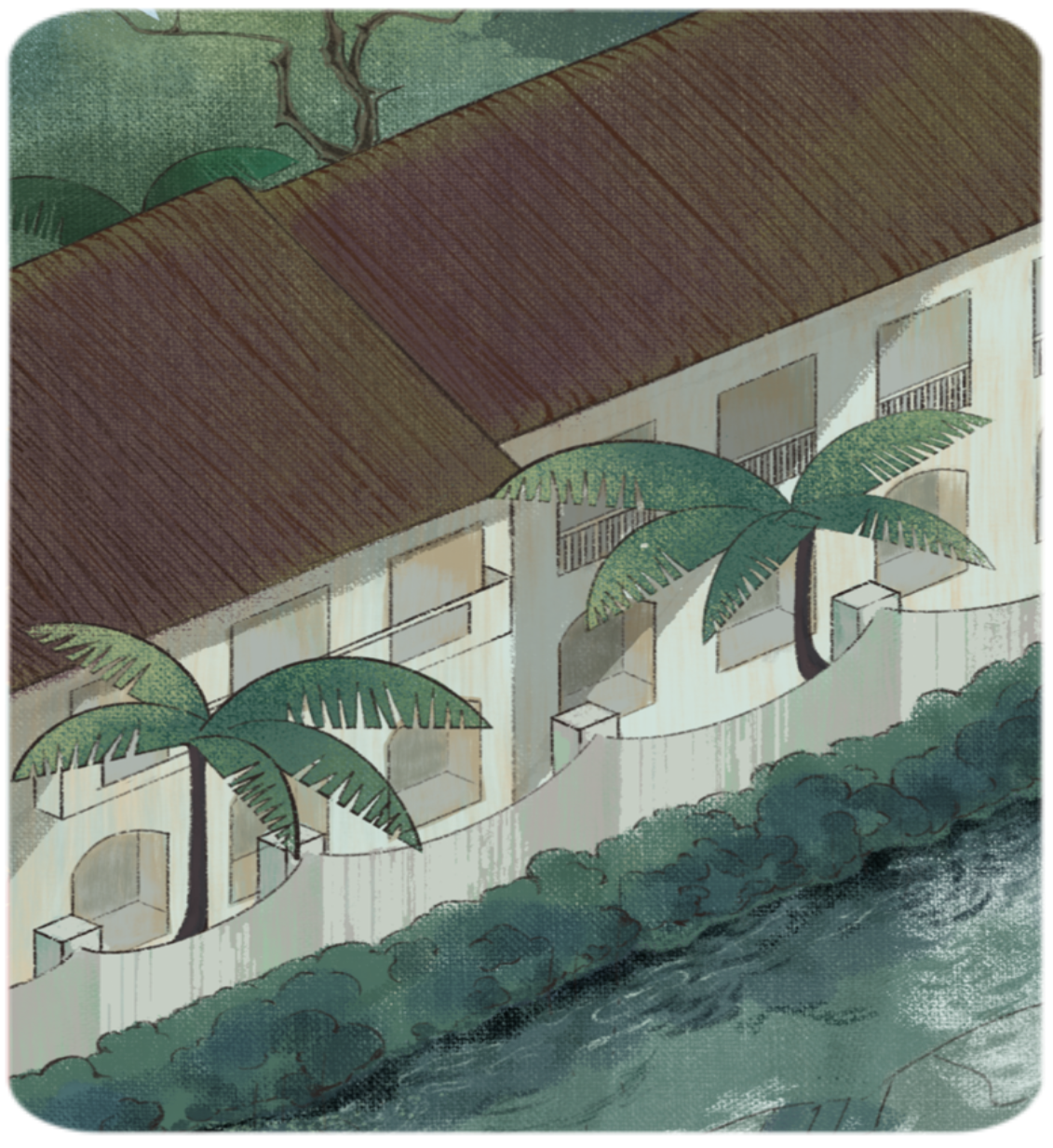
This was once a real-life boatyard. Today, Brunton Boatyard is a sprawling heritage hotel, sited in a beautifully restored building. Its interiors reflect the city’s blend of British, Dutch and Portuguese influences. Expect high ceilings, old teak furniture, lime-plastered walls and terracotta floors. Most rooms look out to sea; a few have views of the pier and Fort Kochi town.
On a sleepy island near the backwaters of Kochi, Kayal Island Retreat can only be reached by traditional rowboats. This rustic property, with four cottages, takes its design cues from local Keralan architecture and is built using recycled and reclaimed materials. The cottages have old teak cupboards and open-to-sky bathrooms with rain showers, and hand-spun cotton bathrobes. The retreat has been designed to blur the boundaries between the stay, the village and the backwaters. Expect the world to move at a different pace here — things to do include assisting the local toddy tapper, visiting the local fish auction or learning to build a boat.
This heritage home dates back over a century and has been exquisitely restored under the direction of architect Bijoy Jain of Studio Mumbai, retaining the original bones and layout of the villa. Its architecture is typical of old Keralan homes, which are designed to protect their dwellers from the extremes of tropical weather. Situated on 7.5 acres of land that’s lush with tropical fruit trees, canals and a vegetable garden, Anugraha is rustic but stylish. Contemporary art from the family’s private collection — the owner is design editor Manju Sara Rajan — cover the walls, and a fitting mix of modern and antique furniture adds a homely touch. The villa can accommodate six adults, and is only available for a single booking at a time.
Located on the placid Vembanad Lake, Coconut Lagoon is only accessible by water. It’s a getaway that marries cultural heritage with nature. The cottages at Coconut Lagoon were built from remnants of old mansions, dismantled and refurbished piece by piece. And the architecture is based on the ancient carpentry principles of thachu shastra, known for its precision — the wood joinery doesn’t use any nails — and intricate carvings. The lake-front villas come with private pools, and there are also heritage mansion and heritage bungalow options.
This was once a British colonial tea estate bungalow, and the aesthetics today reflect that history. Every room of this charming four-bedroom bungalow has a vintage theme — the Blue Jay Suite is done up in shades of blue, the Magnolia and Rose Suites feature hues of cream and pink, and the Royal Talayar Suite has plush, earthy browns. Expect floral wallpaper, big chandeliers and ornate furniture.
Sited on an expansive spice and coffee plantation, Pepper Trail comprises a colonial bungalow that dates back to 1874 as well as far more recently built tree houses. There are heritage suites on offer in the bungalow, but the tree houses come with four-poster beds too. Keep an eye out for family heirlooms and colonial furniture across the plantation retreat.
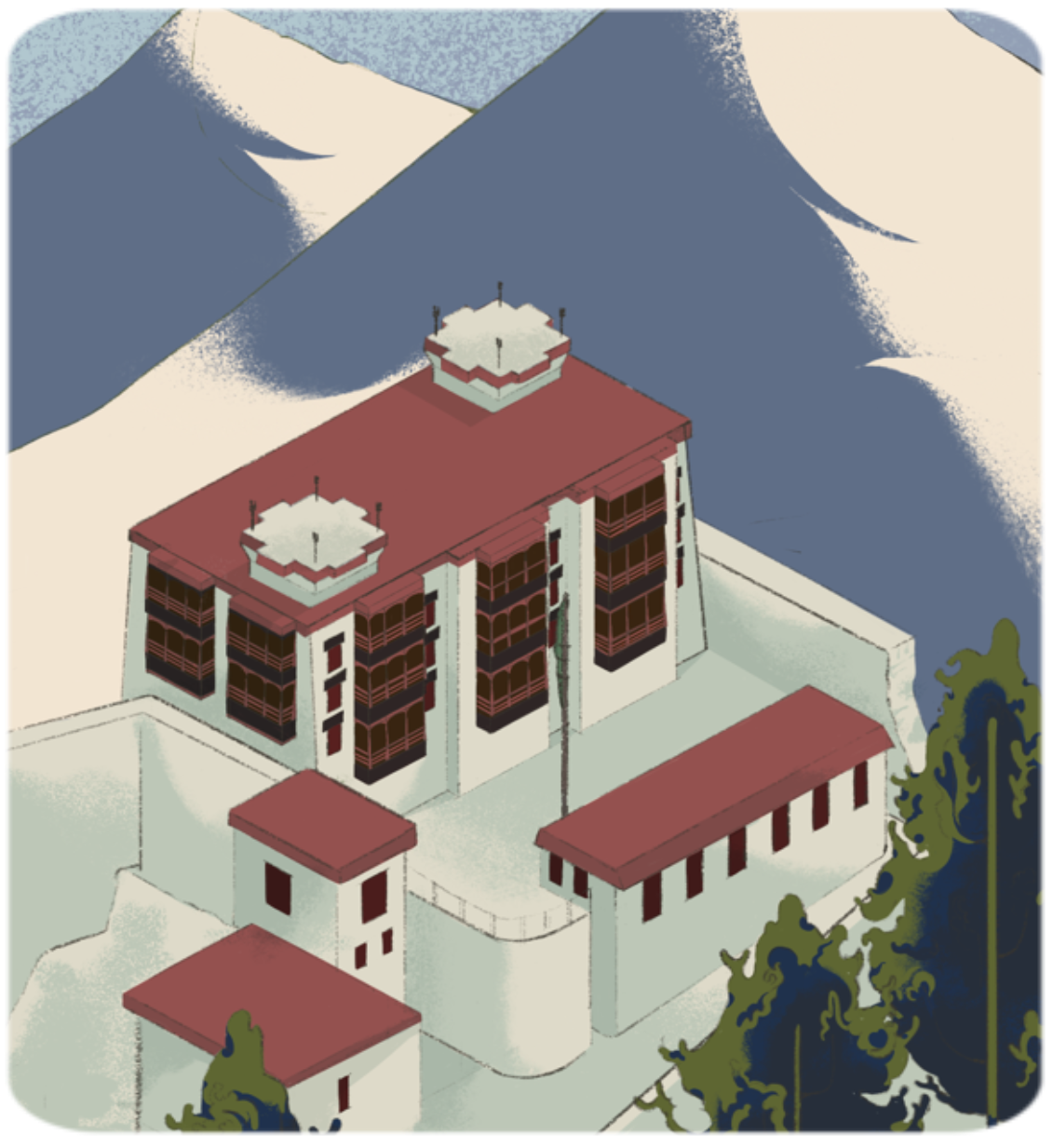
The Ladakh Sarai resort offers a variety of accommodations — a mud house, heritage bungalow, duplex and chalet — all drawing on the local architectural style. Rooms are comfy with warm, earthy colours, and in some cases, private decks. This luxury property was set up in 1978 and is steeped in local history and culture.
First built about a century ago, Nimmu House’s design is said to have been inspired by notable houses near the Potala Palace in Lhasa, in what is today’s Tibet Autonomous Region, China. Rumour has it, there may be a twin to Nimmu House that’s still standing in Tibet. Notice the Tibetan influence in the trapezium-shaped windowsills — in comparison, Ladakhi houses have perpendicular lines. Accommodation comprises heritage rooms in the house, as well as luxury tents in the gardens around the house. There are also apple and apricot orchards on the property.
The four-storeyed Stok Palace was built in 1820 as a retreat for the Namgyal dynasty, and continues to serve as home to the royal family. With its remarkable attention to detail and craftsmanship, it’s a significant architectural landmark in the region. The palace — which opened to the public in 1980 — is home to a monastery, throne room, and museum, along with the heritage hotel which comprises six suites and three garden villas.
Lchang Nang — which translates to ‘house of trees’ — is a gorgeous, rustic boutique hotel with 17 cottages that have been constructed in Ladakh’s signature architectural style. Traditional methods and materials like mud, stone poplar and willow, without any concrete, were used. Inside, there are distressed white walls, black oxide floors and wooden ceilings. All cottages have been built using passive solar techniques, so that maximum sunlight and warmth seeps inside in the winters as compared to the summers.
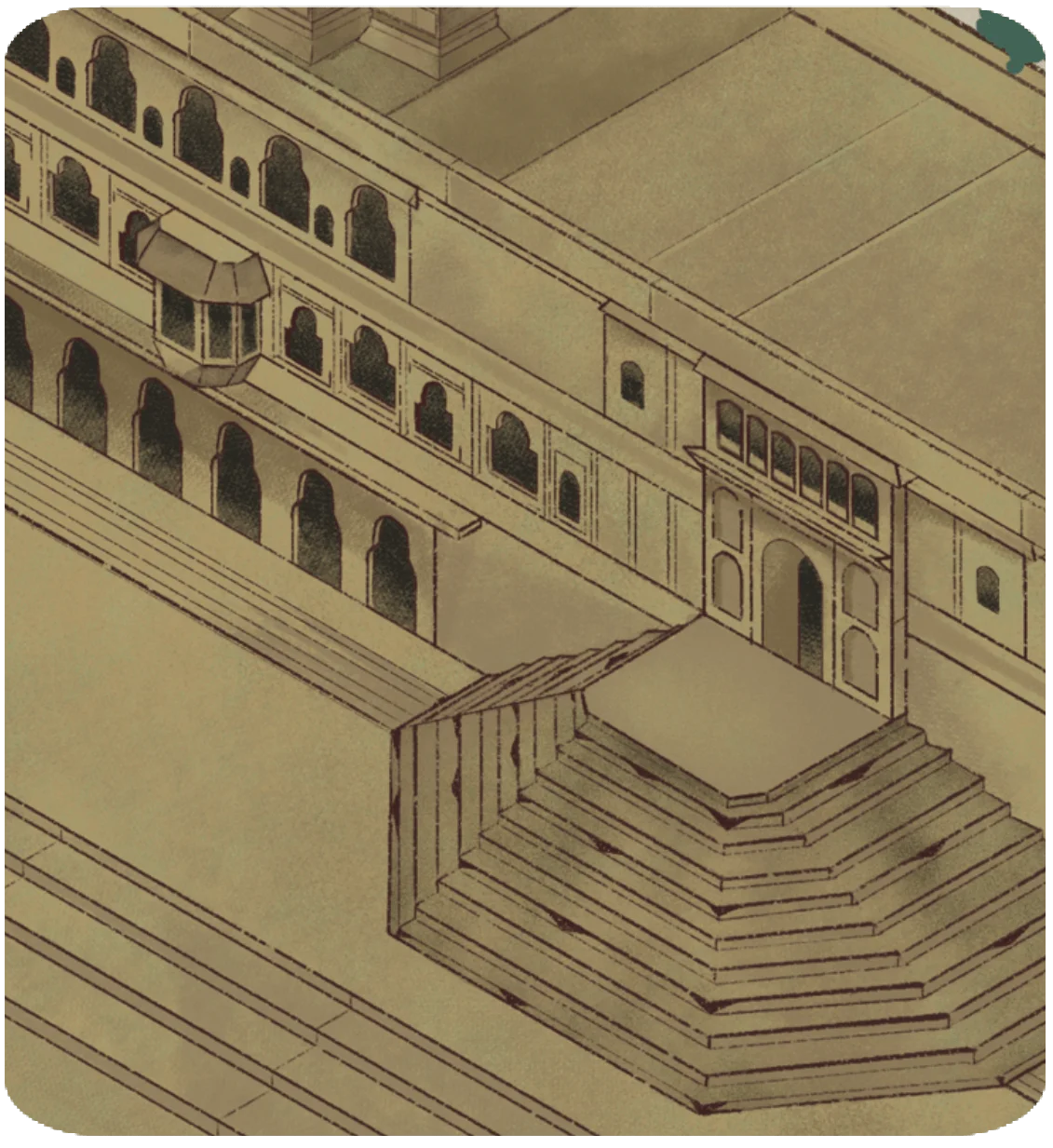
Ahilya Wada, sited within the majestic walls of the Ahilya Fort and once the home of the legendary Maharani Ahilyabai Holkar, has been restored to the elegant Ahilya Fort Hotel. The splendid 18th-century property houses three acres of courtyards, fountains and gardens. The plush interiors are made up of restored period furniture, many from the family’s collection, repurposed carvings from old homes, like the headboard in the Narmada suite, and eye-catching textiles made by the skilled local weaving community, whose work the Holkar family continues to champion via the REHWA Society.
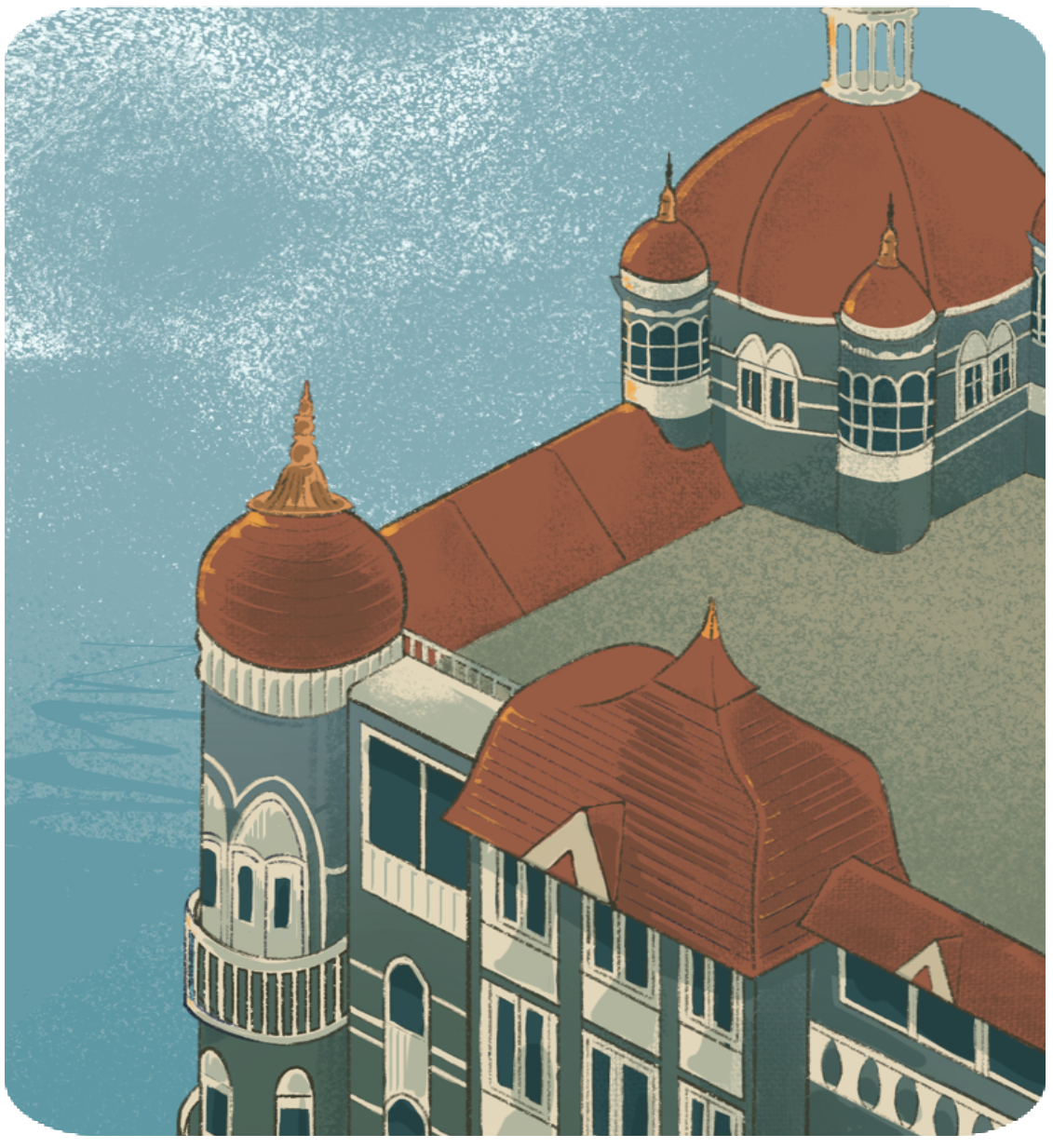
Tucked away on a busy Colaba street, Abode sits in a colonial building that was built in 1910. This was the erstwhile home of David Sassoon, one of Bombay’s most industrious entrepreneurs. Thoughtful details across the hotel’s design pay tribute to the city’s vast heritage. Inspiration comes from across the city — hand-painted truck signage, Art Deco buildings, and even street hawker stands. As you walk across the hotel, find handmade cement floor tiles or reclaimed Burma teak, salvaged from demolished houses, under your feet.
One of Mumbai’s most iconic landmarks, the Taj Mahal Palace — which first opened in 1903 — is an architectural jewel and boasts an amalgamation of styles. The hotel has Indo-Saracenic arches, with Edwardian, Victorian Gothic and Romanesque touches, to name a few. Its 240ft-high central, red-tiled gothic dome continues to serve as the official daytime triangulation point for ships at sea, and the pillars of its gigantic ballroom are made of the same steel used to construct the Eiffel Tower. Here’s a little-known piece of history: It turned into a 600-bed hospital during World War I, and was India’s first hotel to have electricity, Turkish baths and German elevators.
The Maachli farmstay is set in a lush coconut and betel plantation on Maharashtra’s Malvan coast. It comprises eco-friendly cottages, styled after makeshift machans usually found on fields and built by farmers. Each A-frame cottage is built on a stone and wood base, using local resources. The vernacular architecture that’s employed ensures cross-ventilation so that the interiors stay cool. The place is rustic but holds the promise of a laid-back, tranquil time away from the city.
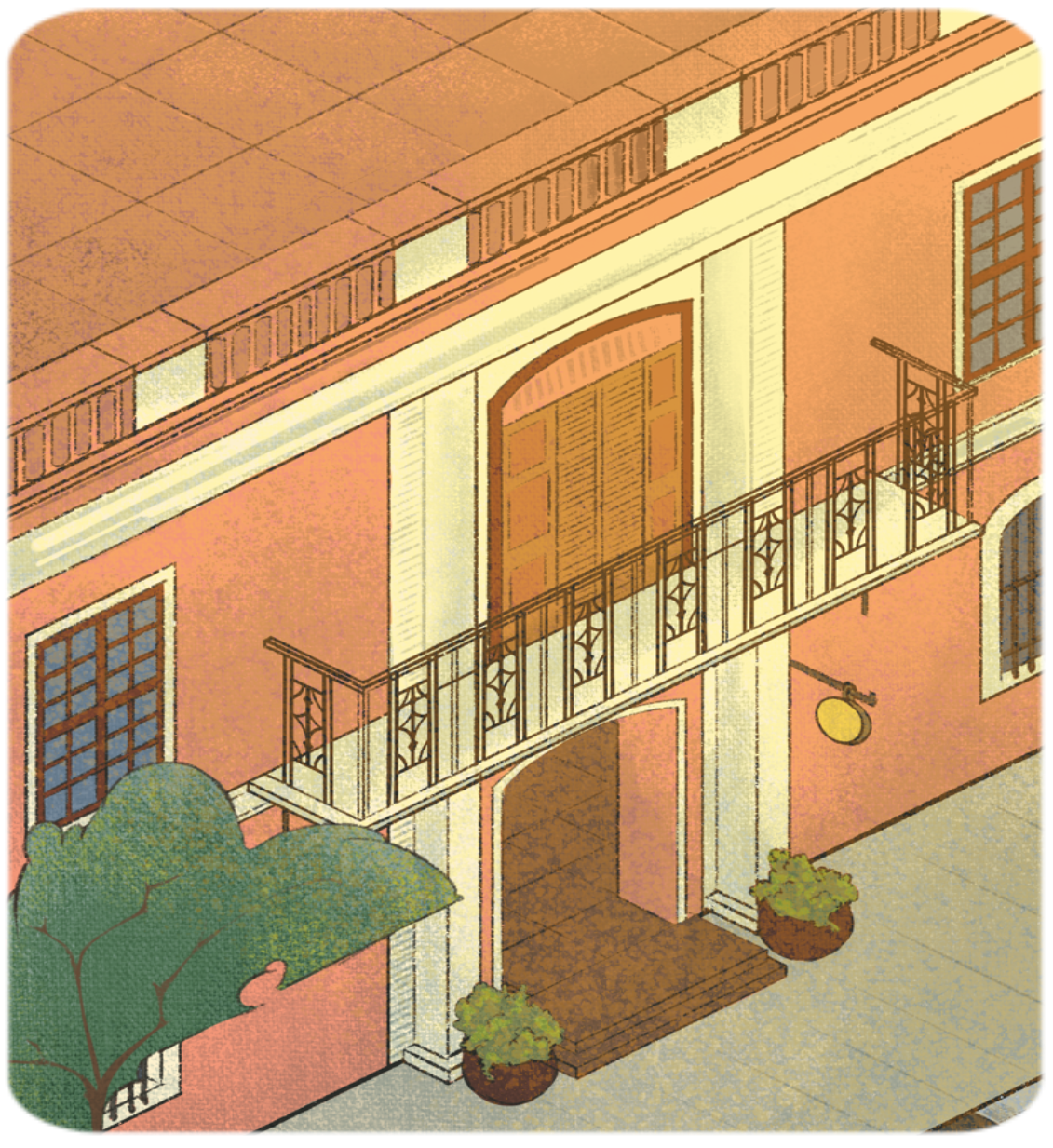
Situated in the French quarter in Puducherry (or Pondicherry), this palatial 18th century mansion now houses the Dune de L’Orient. Once used by the French administration, it still bears a sign with its original name ‘Instruction Publique’. The rooms are named after old French settlements in India and each has an object that represents the region that settlement belonged to.
Le Dupleix was once the residence of the mayor and named after Joseph François Dupleix, the Governor-General of French India. Today, it is a beautifully restored hotel in Puducherry’s French quarter. The walls of the historic residence were restored using the Chettinad egg plaster technique, which includes several thin layers of egg white, powdered shells and yoghurt. Inside, you’ll find French Indian carved woodwork (from Joseph François Dupleix’s house close by), a custom-designed stone courtyard and antique textiles by couture embroiderer Jean-François Lesage.
This splendid 18th-century Chettiar bungalow–turned–heritage hotel is in the heart of the Tamil quarter of Puducherry. Keeping the interiors minimalistic, the building’s architecture takes centre stage, and is a good example of the area’s Tamil heritage. It has a central courtyard with corridors, rooms surrounding the courtyard, and beautiful pillars made from Burma teak. The doorways and windows are adorned with stained glass, adding pops of colour and creating a distinct identity.
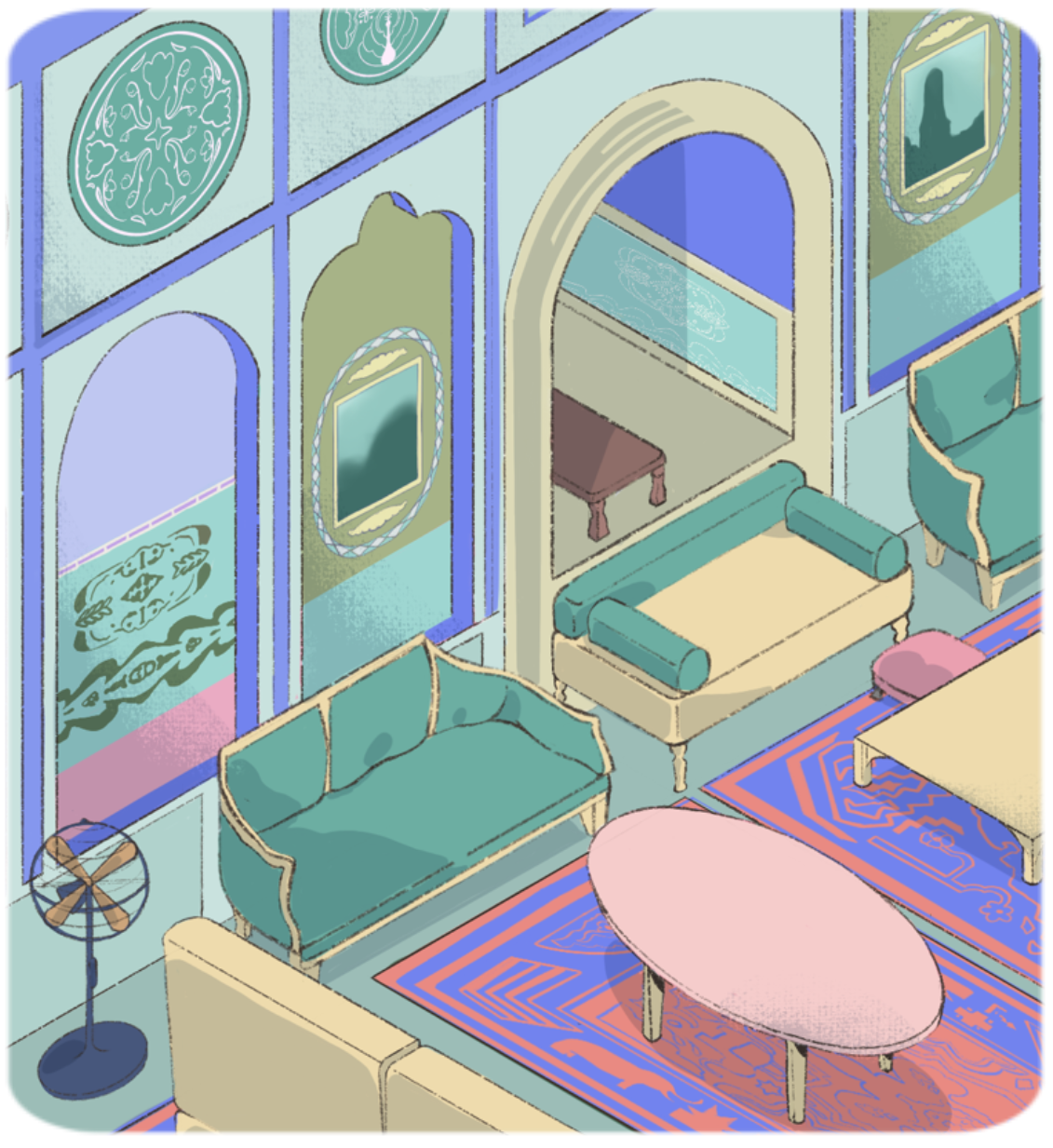
Once a famous merchant’s haveli, The Johri is now a striking boutique hotel, and a world away from the bustling lanes of the Johri Bazaar that it finds itself in. It has been restored by local artisans, with art and materials sourced from around Rajasthan. You’ll see that Rajasthani elegance meets modern chic across its interiors — notice the stunning pieces of antique furniture (a pair of tiger-shaped armchairs were sourced from Udaipur), details like scalloped arches and bone inlay, and unmissable hand-painted murals of the state’s wildlife.
This grand Indo-Saracenic mansion, built over 200 years ago, and home to various rulers of the region, is a burst of colour and opulence. Each room in the haveli has its own character. The hotel was sensitively restored by the renowned architect late Pradeep Sachdeva and his team, keeping in mind the region’s landscape and culture. There’s a lot to vie for your attention — the delicate scalloped arches, hand-painted murals, and a pool that’s fit for a royal.
This 14th-century fort, about 130km from Jaipur, has been sustainably refurbished by Six Senses — the restoration work took about a decade to complete and employed traditional building techniques. The fort comprises two temples, and a royal palace with 20ft-tall ramparts. Expect traditional gardenscapes and soothing, plush interiors.
This 280-year-old haveli is said to be one of the strongest buildings in the city. Featuring a blend of Rajput and Mughal architecture, it was designed to include basements running throughout the property — one such basement was used as a stable for horses. Expect vaulted ceilings running 17–18 feet high, one of the biggest stone carved pillars in the city, swings in the courtyards, and hidden pathways leading to the Jaisalmer palace (accessible but closed to public).
Located at the base of Mehrangarh Fort, RAAS Jodhpur is sited in an 18th-century Marwari haveli, with all the comforts of modern-day luxury. The haveli has been sensitively restored, and newer constructions have also been built to match the original architecture, with sandstone walls and lattice windows. Most of the rooms and suites open out to views of the looming fort, and there’s a swimming pool in the central courtyard.
Umaid Bhawan stands as one of the grandest Rajput palaces of the 20th century and draws design inspiration from Cambodia’s Angkor Wat temple and the central dome of the Taj Mahal in Agra. With interiors that take cues from Art Deco and Indo-Saracenic architecture, and employing materials like Makrana marble, Burmese teak wood and yellow sandstone, this grand palace took 14 years to complete.
Ranvas sits within the majestic Ahhichatragarh Fort. Once the residence of the queens of Jodhpur’s Maharaja Bakhat Singh, Ranvas, as the fort resort it is today, is worth staying at for its exquisite restoration. Interestingly, the first walls of the fort are said to have come up in the 4th century CE. The 10 havelis that make up the resort come with scalloped archways, delicate latticework, and sprawling terraces that take you back to medieval Rajasthan. Nagaur is roughly 150km away from Jodhpur.
Originally a 19th-century hunting lodge, Brij Lakshman Sagar is a fascinating property set against 32 acres of land in Pali, about 70km away from Jodhpur. The twelve cottages that make up the boutique hotel borrow design influences from Rajasthani architectural elements — think rock pools carved from local granite, wind chimes made with brass vessels, and lacquer-polished slate walls.
A splendid, stately Rajasthani-Italianate structure, the Piramal Haveli is another gem in Rajasthan’s Shekhawati region. The haveli was originally built in 1928 to welcome Maharaja Sawai Man Singh II of Jaipur to this village in Shekhawati, by a wealthy merchant. The restored haveli features simple rooms that incorporate the hotel’s heritage, two pillared courtyards — don’t miss the murals of flying angels, airplanes, and gods in motorcars.
Exquisite century-old frescoes (that Shekhawati is known for) line the walls at the Vivaana Culture Hotel. Composed of two restored havelis, the hotel is a tastefully restored artistic marvel. Its old-world charm is evident in the original wood and brass doors, traditional Rajasthani jharokhas, and of course the larger-than-life walls that tell countless stories of gods and goddesses.
The 450-year-old Gogunda Palace is a grand testament to medieval Mewari architecture with its ochre yellow walls, antique wooden doors, stained-glass windows, secret tunnels and impressive hand-painted murals. This is where Maharana Pratap Singh, a notable Rajput king, was coronated, and you can stay in the very suite that witnessed this moment in history — interestingly, this suite has a lowered entrance way so that those who enter would always be bowing deferentially to the king. The palace’s baoli or stepwell, a typically Mewari feature, is now the hotel’s pool. Local, expert craftspeople were commissioned to restore the jharokhas — the scalloped oriel windows — around the palace in order to preserve and safeguard their original design.
An opulent palace on the banks of Lake Pichola, the historic Shiv Niwas Palace delivers everything you’d expect from Rajasthani royal design — miniature paintings from the Mewar School of Art, period furniture that look like works of art themselves, coloured glass chandeliers, doors inlaid with ivory, family portraits and gold latticework. What deserves a noteworthy mention is the property’s bar Panera, with its stately Raja Ravi Varma life-size portraits of Maharana Pratap Singh and Maharana Amar Singh.
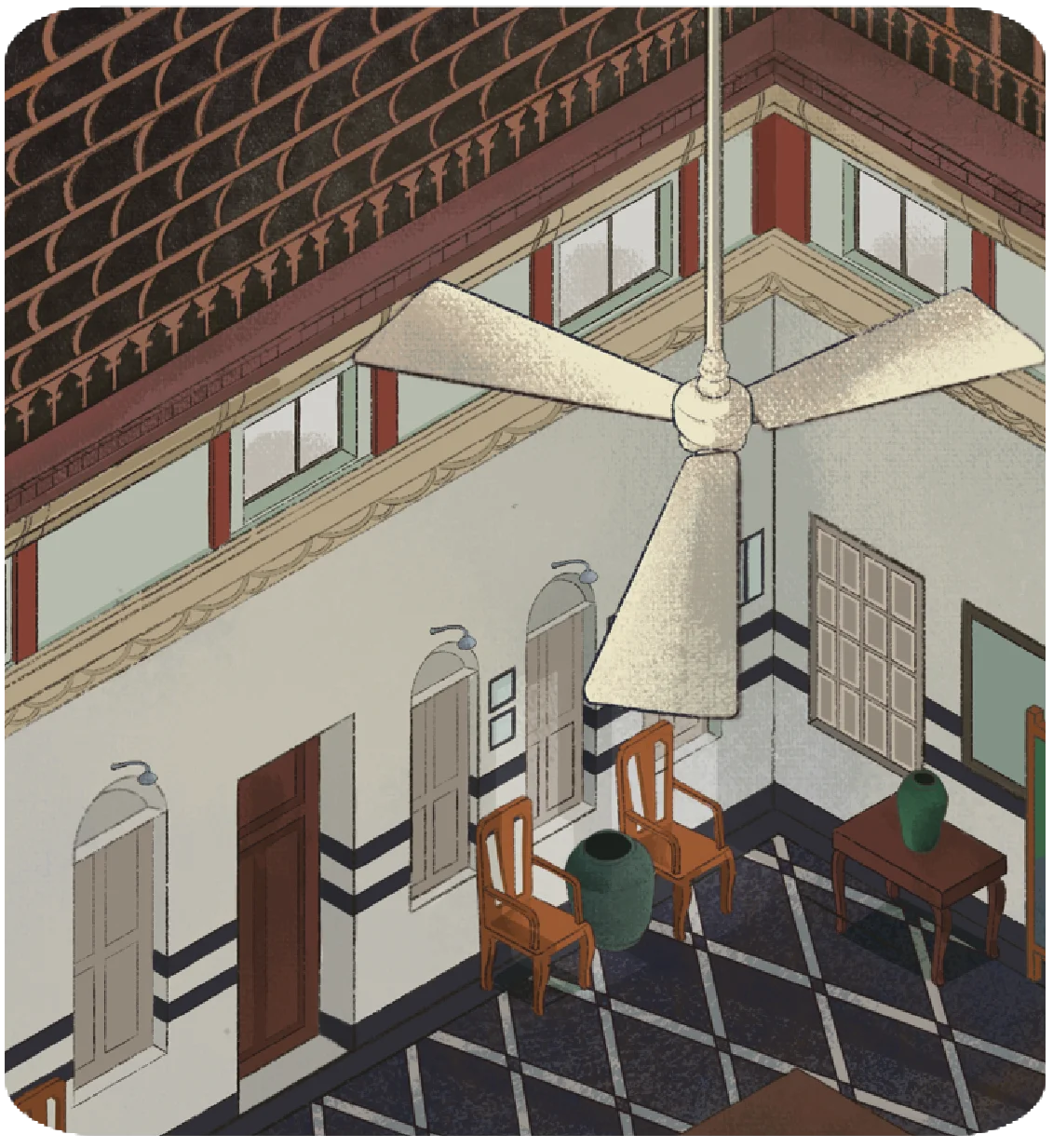
A grand Chettiar mansion in Kothamangalam, about 15km from Karaikudi, Saratha Vilas has large verandas, granite pillars and serene courtyards, dotted with traditional Ayyanar sculptures. The interiors include carved wooden doors from Kerala, Belgian glass chandeliers, marble floors from Italy, and tiles from Japan.

The Kumaon, situated in the shadow of the majestic Nanda Devi mountain range, is a stunning mountain retreat. It is a discreet dwelling away in the hills of the Kumaon region with a penchant for style and commitment to the local way of life. With clean lines and floor-to-ceiling windows, its buildings have been constructed using locally sourced materials like stone and fly-ash bricks clad with bamboo sticks. Furniture was designed and made on-site, the copper and stone accessories were made by local craftspeople, and the woollen fabrics used as furnishing were custom-designed and woven locally.
An idyllic bungalow in the heart of Landour, the restored 175-year-old Rokeby Manor is dizzyingly charming, with many period architecture elements. There are fireplaces and alcoves, brick arches, traditional wooden ceiling beams and stone walls. The rooms are quaint and cosy.
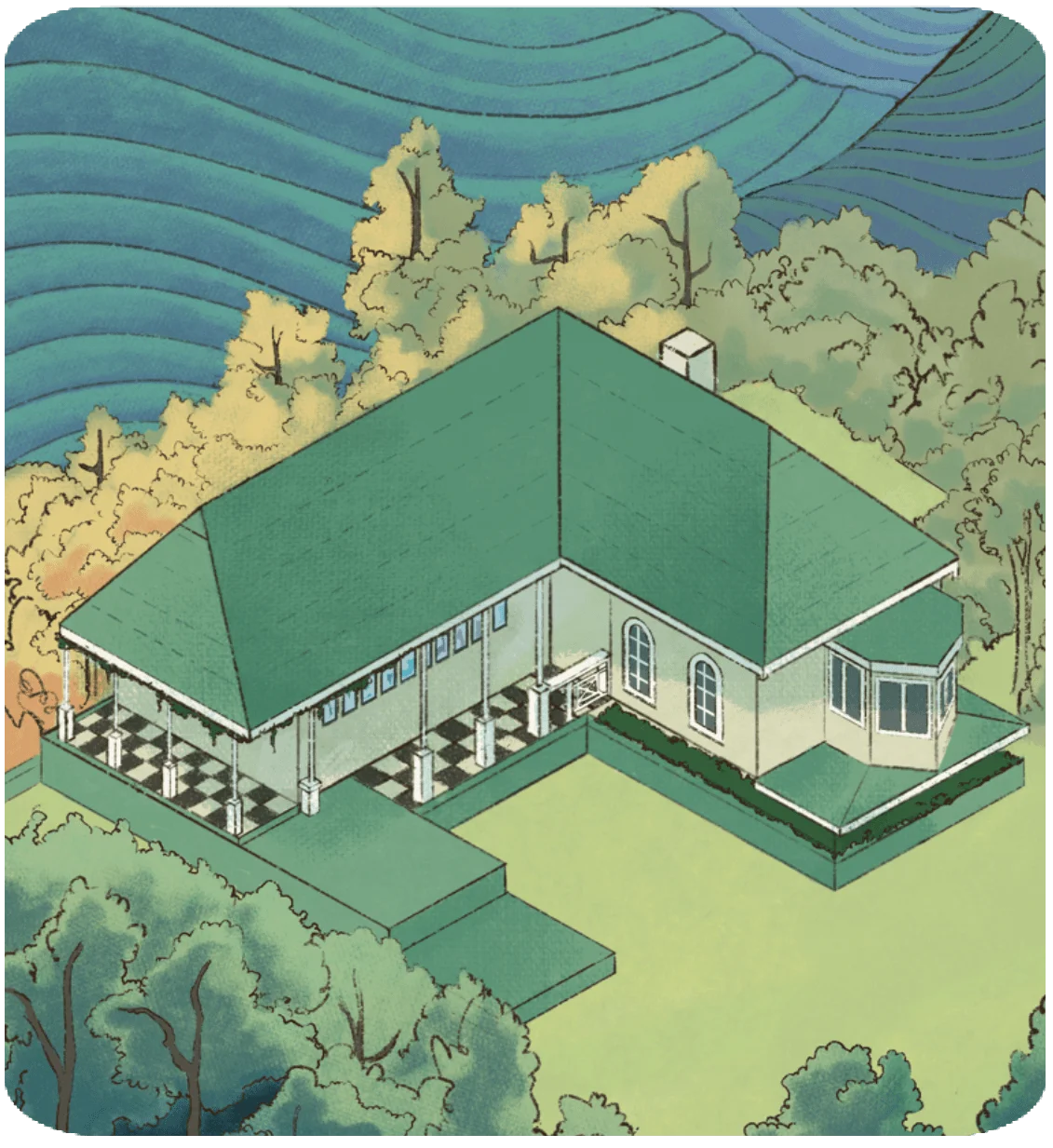
This elegant townhouse has been restored to celebrate the city’s heritage, particularly Calcutta in the early 1900s. Each room is named after an old neighbourhood in the city, with décor to match. There’s detail in every corner — notice the posters and plaques, painted crockery, Bakelite switches and khorkhoris, or louvred windows, that have been re-purposed as headrests and tabletops.
Neck deep in nostalgia and old-world charm is the Elgin Fairlawn. The building is close to 240 years old, and the hotel is well known for the celebrities that have stayed here over the years, including actors Shashi Kapoor and Jennifer Kendal, who honeymooned here, and Patrick Swayze (of Dirty Dancing). Expect to be transported back in time — there are framed photographs and tons of bric-a-brac. Management changed some years ago, and the new owners have reportedly been restoring the heritage property.
Dating back to 1864, Ging Tea House is said to be one of the first colonial tea planters’ bungalows in Darjeeling. The rooms are full of the atmosphere you’d expect from a heritage plantation retreat — there’s old wooden flooring, high ceilings with exposed rafters, and period furniture.
Situated up in the Himalayas, Glenburn Tea Estate is a world away from the hurried city life. Comprising two bungalows — the Burra Bungalow and the Water Lily Bungalow — the boutique hotel is a plush option. It has all the trappings you’d expect from an erstwhile planters’ bungalow: antique furniture, four-poster beds, hand-embroidered bed linen, and old-fashioned bathtubs.
Once an English boarding house, Windamere Hotel remains a time capsule of sorts, with its storied history reflected in the interiors. It’s packed with old-world charm, both at the Ada Villa and The Snuggery, the hotel’s two colonial houses, and comes with sweeping views of the surrounding Himalayas.
Spotlighting traditional architectural styles, Palighar, a small two-cottage farm stay, is a lesson in local craft and sustainability. It is situated in Echhey, about 30 minutes by road from Kalimpong town, and about three hours from Darjeeling. The two cottages are designed to blend into the rural landscape of a Himalayan village, and have been built using mud bricks and knitted bamboo, before being plastered with mud.
*The price key used is based on starting rates during peak season. All prices were checked shortly before publication, but they tend to change every season and might not match what is found online. We highly recommend confirming all details before booking.
If you’d like to submit a stay for consideration or send in feedback for this directory, write to our editors at edit@joinpaperplanes.com.